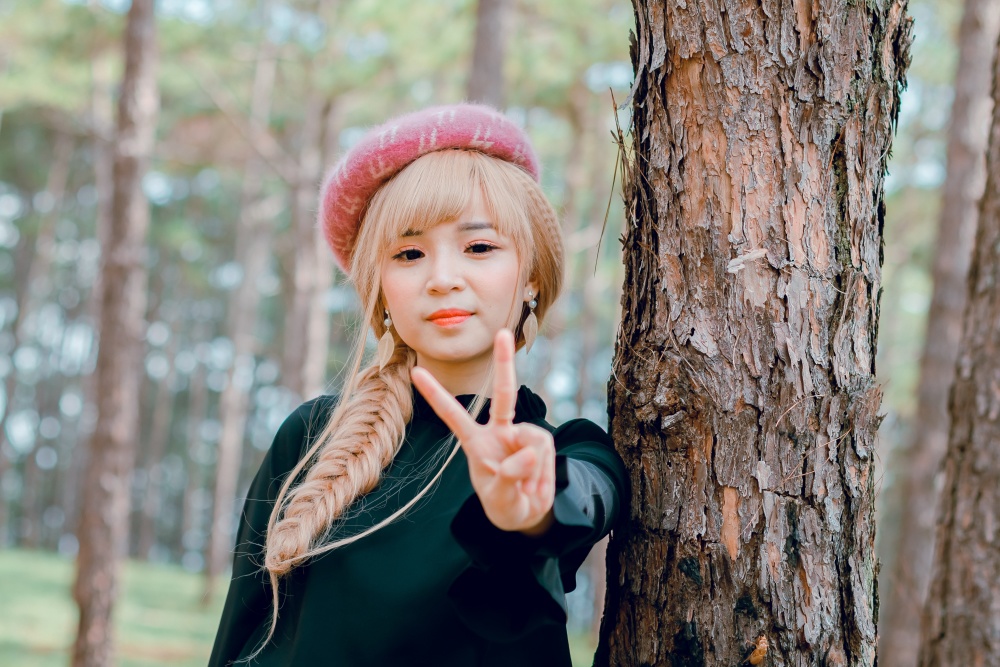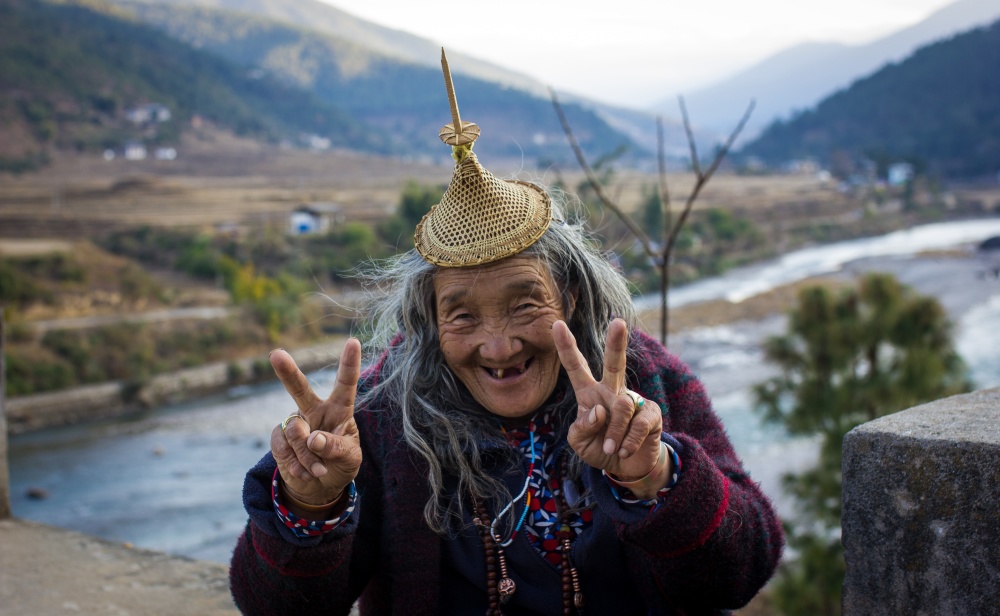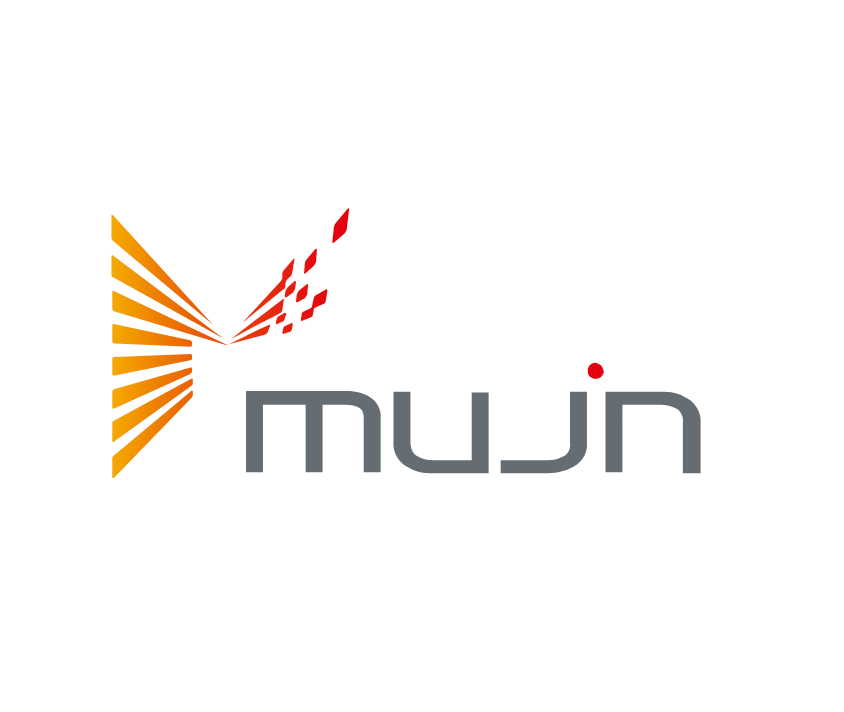Updated September 21, 2023
Understanding the Peace Sign in Japanese Culture
Be it the delicately delicious culinary culture, cutting-edge technology, or respectful and considerate people, Japan is known for many things.
However, one thing that’s especially beloved around the world is the fact that Japan has a distinct culture that’s full of cute quirks to the outsider's eye.
From the kawaii culture of Harajuku that has influenced the global fashion scene to the quirky food trends that never cease to amaze and influence those who are a stranger to the culture of Japan, it’s no secret that foreigners are simply fascinated by how the Japanese do most things differently than the West.
Perhaps one of the biggest examples of this is the well-known peace sign, which is used in photographs today by millions of people all over the world.
Maybe it’s just too good of a pose to pop out during pictures, or maybe it’s just a peculiar way of greeting someone, but there’s no doubt that the peace sign is perhaps the most prominent, easily apparent “norm.”
So, while it’s largely associated with Japanese culture, where did the peace sign originally come from? Did it even originate in Japan? If so, how did it happen, and why is it still so popular in Japan today?
I’ll attempt to provide answers to all of these questions, if not more, in today’s post. So, let’s now take a deep breath and dive into Japan’s history to hopefully come up with some answers.
In this article: 📝
The History of The “V”: The Peace Sign and Its Tales of Origin
While the title may lead you to think that the history of the peace sign is one that’s universally accepted and based on cold, hard evidence, the reality is a bit different.
In fact, it’s not that the reality is different; it’s just that there are multiple versions of it that could all be very well true.
After all, there’s no point in arguing exactly which country it originated from. As is often the case in history, the same inventions or discoveries can be made by multiple people around the same time, while only one story gets to shine. This doesn’t necessarily mean that the other stories aren’t true or worth telling.
With this in mind, the first thing you should know about the peace sign is that, according to Oxford Reference, despite its popularity today, the “V” sign wasn’t even a thing before the 20th century.
According to one of many origin stories, for the most part, the “V” sign during the first half of the past century has been used as an insult or a way to provoke someone. This is believed to have originated in England at the time, but while the V shape is held up similarly using the index and the middle fingers, the palm of the “gesturer” would face inward rather than outward like it’s done today.
While the act itself is still found offensive today in the U.K., it’s common to say you meant to hold up a peace sign when you want to take it back, which is what a famous British jockey did in 1971 when he got mad at the jury and later tried to take it back in an attempt to save face.
However, it wasn’t until the second half of the 20th century that the sign as we know it today first appeared.

“V” for Victory or Peace?
So, if the V sign was originally meant to be an insult and it wasn’t even used with the palm of the signer facing outward, how did the peace sign as we know it today come to be and catch on in such a way? Well, there are a few explanations, but the origin most likely has to do with World War II.
During World War II, the V sign symbolized victory and a strong desire to win due to the initial letter of the word (victoire in French, victorie in Dutch), which later became a campaign with the suggestion of the former Belgian Minister of Justice Victor de Laveleye. The symbol quickly became huge at the time and began spreading to all of France, Belgium, and the Netherlands.
Maybe it was the success and the popularization of the V sign in these countries that resonated with the people, but somehow the BBC in England recognized the movement as well and turned it into a campaign by branding it as the “V for Victory” campaign.
The Churchill Connection: By Mistake or On Purpose?
In fact, according to one story, while working in Belgium at the time, the BBC European Intelligence director, Jonathan Griffin, stumbled upon an item on the agenda about the V for Victory sign and the proposal of a campaign that utilized the V as a symbol for victory.
This is said to be how the campaign got started in Britain, as Jonathan Griffin reported his findings back to BBC, and it’s also how the “V for Victory” sign came to be associated with the late Winston Churchill.
According to stories, Winston Churchill would frequently use the V sign, but he would sometimes do it the “wrong” way with his palm facing inward, which would translate as an insult rather than a declaration of victory. Sources claim that Churchill would continuously do the sign the wrong way despite being reminded of the meaning many times.
According to the diaries of his private secretary at the time, John Colville, Churchill did this on purpose. That was simply a way for him to get away with throwing an insulting sign to his German enemies without them realizing it while flaunting his fervor for victory.
Then Came the 1960s
A while later, in the 1960s, an anti-war movement took the United States by storm, as the war in Vietnam was still ongoing. The people of the United States and Britain began protesting the war and held up V signs, which originated from the war as a way to symbolize “victory” but now meant “peace,” as it was often used by the activists in conjunction with the simple slogan of “Peace!”.
Still, if you look too closely, you may notice a few holes and inconsistencies in this story, and these may not even be the truest explanations of how the sign actually originated. The point is that there isn’t a shred of real, undeniable evidence that pinpoints the true origin, but it’s a fun cover nonetheless.
So, How Did The Peace Sign Get So Popular in Japan?
So, how did the peace sign become popular in Japan? The history is as blurry as the one I just explored, so let’s take a look at a few widely-accepted explanations.
One of the most commonly recognized stories dates back to 1972, to a TV commercial. In an ad campaign that introduced a series of TV commercials for Konica Minolta, the Japanese singer, actor, and comedian Jun Inoue could be seen holding a Konica camera while holding the peace sign with his other hand.
Not only did the singer hold up the peace sign, but the catchphrase that accompanies the sign was “peace.” The entertainer later became the face of the peace sign for a while later in the 80s, but whether this ever went truly mainstream or was merely a pre-internet “meme” of the time as part of a subculture is unknown today.
Another story, however, dates back to around the same time and is also widely accepted as the origin of the popularization of the peace sign in Japan. During the 1972 Olympics, which was held in Japan, a strange moment stuck with the Japanese audience.
During the figure skating competition, the American skater Janet Lynn fell during her performance, but she gracefully smiled as she sat there on the ice for a moment. This led to Janet Lynn becoming a huge overnight sensation in Japan as the public was fascinated by her graceful optimism.
As she caught the Japanese media’s attention in a major way, the media frequently covered Lynn after her incident at the Olympics, and she would use the peace sign in photographs and interviews often. It’s believed that this is how the peace sign became popular in Japan as a way to show gracefulness, which later evolved to being seen as “cute” and “loveable.”

Cultural Snapshots: The Peace Sign in Japanese Photography
As you may know, perhaps the most prominent use of the peace sign in Japan is when you’re having a photo taken, but why so?
Well, for one, we’ve already established that the Olympian Janet Lynn somewhat started the use of the sign as a pose in pictures, and Jun Inoue had also used the pose in commercials, but these aren’t quite the only reasons why the peace sign is wildly popular in Japanese photography culture today.
It’s believed that many young people, especially women, choose to hold a peace sign close to their faces to partially cover their faces or to make their faces look slimmer, which is a common instinct among most teenagers who typically deal with such doubts.
This mentality and the fact that the sign symbolizes peace and positivity, and in time, cuteness, seem to have naturally seeped into the kawaii culture, which reached global popularity in the anime subculture long ago, as well as the mainstream internet culture today.
While this may sound like too niche of an explanation to cover the mainstream appeal of the pose, it just might be the case indeed.
According to Laura Miller, a professor of Japanese studies and anthropology, while it often goes unrecognized due to the traditionally male-dominant culture of Japan, the majority of those who work in creative jobs are, in fact, women who are arguably the biggest influencers of Japan’s pop culture.
Also, the sign is actually quite convenient, as people often don’t know what to do with their hands while posing for pictures, and the peace sign just feels natural to do once you give it a try.
So, this is also a major factor in why the sign is so popular today in Japan: it just makes sense.
“Say Cheese”: A Cultural Phenomenon
So, while we’re on the subject, let’s touch on another quirky little detail about Japanese culture and photography.
Now that you know that Japanese people usually just hold up the peace sign when taking photos, you may think that saying “cheese” isn’t a thing in Japan. Well, you’d be wrong, but there’s more to it.
In Japan, “Cheese!” is still a common phrase in photography, but it’s said by the photographer instead rather than the people who are having their photo taken.
This may come off as strange, but there’s a good explanation for it. In Japanese, the word cheese is pronounced with a “-zu” at the end (cheezu), and this doesn’t make the best pose for a photo as the person saying it purses their lips at the end to make the “zu” sound, which looks awkward — as if the person saying it was caught mid-sentence.
So, instead, the phrase is used by the photographer to signal that the photo is about to be taken. It’s more of a “Get ready!” in this context. The people who hear the phrase know what it means, and they smile with the help of the cue.
Just like the peace sign, however, there’s also an alternative explanation regarding why the photographer says “cheese!” when taking the picture as well. Many people seem to believe that smiling comes naturally when thinking of delicious food, but considering the non-prominence of cheese in traditional Japanese cooking, this sentiment should be taken with a grain of salt.
Still, it very well may be referring to the use of cheese in Western cuisine (pizza, pasta, burgers, etc.), which is also popular in Japan nowadays, so who knows? Maybe the story has some truth to it, after all.
Joining in On the Fun: Tips for Foreigners Embracing The Gesture
When you first arrive in Japan, doing the peace sign pose in photos can feel as if you’re making fun of the local culture. However, I recommend embracing it as soon as possible, as it’s just a cute and fun pose to do, and no one will be offended, even if you do it jokingly.
Most foreigners who have lived in Japan for a while will tell you that it’s simply contagious. Everyone starts doing it jokingly at first, but then it becomes second nature whenever a flash goes off.
In addition, keep in mind that age has nothing to do with it. So, don’t think that you’re too old to throw the peace sign on any occasion. While it's mostly embraced by young people in the West, the peace sign in Japan is used by people of all ages.
Of course, photo ops aren’t the only times when it’s appropriate to use the peace sign in Japan. You can also use it as a greeting when passing a friend by. It’s a good non-verbal alternative to the greeting phrases I introduced in another article, as it can even be seen from afar when the person isn’t within earshot.
Other than these, the peace sign has a few other use cases. For instance, some people use it as a replacement for “yay!” when a person achieves something or is simply excited.
However, remember that the gesture is meant to serve as a way to express one’s self more than anything. So, feel free to use it to your liking whenever you feel a surge of kawaii coming through you!

Frequently Asked Questions About the Asian Peace Symbol: The “Peace” Hand Sign
While this has been a fun and informative trip to the origins of the peace sign and its prominence in Japan, those who are looking for short answers can take a peek below, where I’ll answer some frequently asked questions on the subject before I go.
Why Do Japanese People Do Peace Signs?
Culturally speaking, the peace sign as a pose is believed to have originated from either the failed performance of American figure skater Janet Lynn, who became famous in Japan and often used the sign, or from the commercial pose of Japanese singer Juno Inou in the 1970s.
Historically, the sign is said to have originated during World War II and later became popular during anti-war protests in the 1960s.
What Does the V Pose Mean?
The V pose is meant to be a way to look cute in photos, and some people believe that it’s popular among young people to make them look cuter or slimmer in the face (as it helps cover it partially).
While it originally meant “victory,” and later “peace,” it’s used today as a way to say “cheese” while having a picture taken or when greeting someone. It can even be used when someone means to say “yay!” to express excitement or satisfaction due to an achievement.
What Is the Origin of the V Sign?
Before it was signed with the palm of the signer facing outward, the V sign was a prominent insult in the early 1900s. The sign would be done with the palm facing inward instead and is still considered an unkind gesture in countries like Greece and The United Kingdom today.
Later, the peace sign as we know it, with the palm facing outward, gained popularity as a symbol of victory during World War II.
Get Job Alerts
Sign up for our newsletter to get hand-picked tech jobs in Japan – straight to your inbox.








